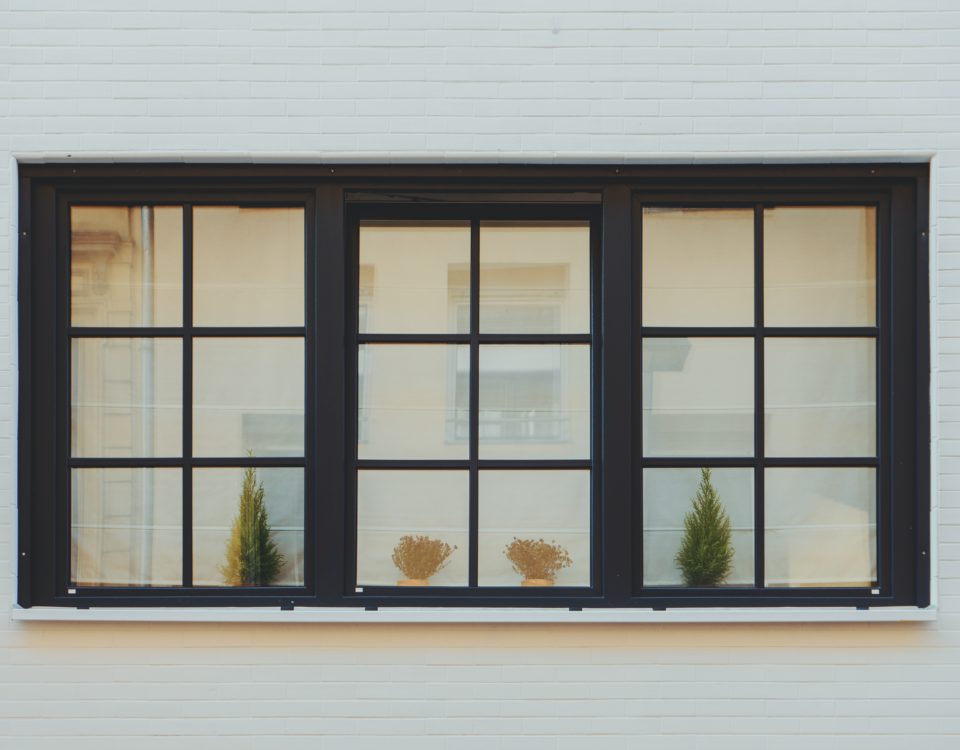Is Your Home Making You Sick?

The Ultimate Guide to Tile Material Types
January 6, 2018
Those Wonderful Design Decisions. Who Makes Them?
March 12, 2018
It’s that time of year again! Time to curl up next to the fire and never go outside! It’s also the time of year when it’s crucial that we pay attention to our indoor air quality. Since we spend so much time indoors in the winter time, it’s important to change furnace filters and humidify the air. Today we’re going to go through some tips on how you can improve your air quality when opening a window isn’t an option.
What is Indoor Air Pollution?

Impurities in the air can be caused by many different things, and will vary depending on where you live. In general, there are two kinds of pollution. The first one is particulate matter, which is things like viruses, dust, pet dander, and mold. The second is gas pollutants like cleaning products, paint, or automobile fumes. All of these can cause allergies to flare up, asthma to worsen, or even in extreme untreated cases, cause lung cancer.
Luckily, implementing some of the tips below can prevent all of these things.
Living Plants

Through the natural process of photosynthesis, living plants remove pollution in the air through their leaves! Plants cleanse the air and gives it that fresh outdoor smell. Having plants in your home in addition to air purifiers and filters can help rid your air of that “stale” characteristic that comes along with closed windows.
Check out this list of air purifying plants!
If you’re like a lot of us, keeping a plant alive might not be your greatest strength. Check out this list of low-maintenance plants from HGTV for some great easy maintenance ideas. LOW-MAINTENANCE PLANTS
Air Purifier
Air purifiers remove the toxins from the air and clean the air of pollutions like pollen, auto fumes, and pet dander. The kinds of pollutants can be a dangerous thing and worsen illnesses such as asthma. Choosing the right purifier can be confusing, so here is a link to a complete buying guide to purchasing the perfect air purifier for your home. AIR PURIFIERS
Also check out this comprehensive review on some of the best air purifiers!
Essential Oils
Using essential oils has been a popular craze recently. From putting them in diffusers to rubbing them on our temples, it seems there isn’t anything they can’t cure.
Add purifying the air to the list of essential oil benefits! By diffusing lavender, eucalyptus, and tea tree oil, you can kill airborne bacteria and fungi. Not only will they cleanse the air, but they also help with creating a relaxed and calm atmosphere.
For more in-depth reading on essential oils click the link below to buy Elizabeth Asley’s book: “The Complete Guide to Clinical Aromatherapy & Essential Oils for the Physical Body.” AROMATHERAPY GUIDE
Grow Herbs

Growing your own herbs will not only improve your air quality, but they also provide you with fresh herbs to use in your cooking and natural aromatherapy. This option is a win, win, win! To get the low down on which herbs are best for indoor air purifying click the link below. HERBS
Cleaning/Dusting
If you’re finding yourself sneezing or coughing more than usual, it might be a sign that it is time to clean. Cleaning and dusting your home can improve the air quality by ridding your home of the pollen, dander, and dirt that has settled onto your shelves and into your couch fabric.
Just be careful with the cleaning products you’re using as these can also pollute the air if not handled correctly. Below is a list of harmful products you may be using. HARMFUL PRODUCTS
Changing Filters
Furnace filters are something that are easy to forget about, but replacing them on a regular basis can have so many positive effects on your air and your wallet.
Leaving an old furnace filter in for too long can leave your furnace working extra hard without actually cleaning the air. Meaning you still have polluted air and you’re paying more money for your furnace to do all that extra work.

Changing your filter regularly can keep your furnace running at its best, extend its life, and do a much better job of keeping your air clean! How often you should change your filter depends on the size of the filter, and whether or not you have pets. In general, it’s recommended that you change your filter every two months. Click the link below to find more information about how often you should change your filter. REPLACING FILTERS
Check for Mold
If you’re noticing an unpleasant smell or your throat is itchy, you might want to have your home checked for mold. Having mold in a home is common, but should still be taken seriously. Untreated, mold can cause many illnesses in humans and pets.
Below is a link from the CDC with all you need to know about mold and how to prevent it. MOLD PREVENTION
Humidifier
After having just talked about mold, a humidifier might sound like a bad idea, but in the middle of winter in a dry mold free home, a humidifier is a must. Dry air causes dry skin and irritated sinuses, along with many other issues.
There are two different ways to humidify your home: bypass humidifiers, and power humidifiers. Check out the link below for more information on these two options and what not using them could mean for your home and your health. HUMIDIFIERS
Steam Clean the Carpets
Just like dusting, steam cleaning your carpets pulls out all the dander, dust, pollen, and other impurities from your carpet. The floor is where most of our daily dirt goes, and carpets are notorious for holding that filth and growing things!
There are many great professional carpet cleaners out there, or you can rent one for yourself from Lowes or Home Depot!
Change the Bedding

Bedding is a lot like carpet. It will hold all that dead skin and dust and dirt right where you lay your head down every night. This can affect your air quality, as well as your quality of sleep. Change the bedding once a week for better rest and cleaner air!
Many gross things live in your sheets if you don’t wash them. Click the link below to find out more! GROSS THINGS IN YOUR BED
Beeswax Candles instead of Traditional Candles

Burning candles are one of the best things about winter. Reading a book while burning a pumpkin spice candle is one of the many small pleasures of life. Switching out your traditional candles for beeswax candles could be an excellent switch for your air and health. Conventional candles can gives off chemicals like benzene and toluene into the air. Beeswax candles won’t emit these harmful chemicals, and they don’t even smoke. They also last longer than standard candles, and give off negative ions that clean the air of pollution! Another win-win!
As you can see, there are many small ways to improve your indoor air quality without a tremendous amount of effort. Mix and match and find the ones that fit your family!
To read more about air quality click the button below! READ MORE
SMART PEOPLE MAKE SMART CHOICES
Our goal with these pieces is to help you get the information you need to make educated choices for your home and family. If you’ve found this helpful, share it with others. If you have questions or would like to request other topics to be covered, please use the comment section below and we’ll make sure you get you the answers you need.





